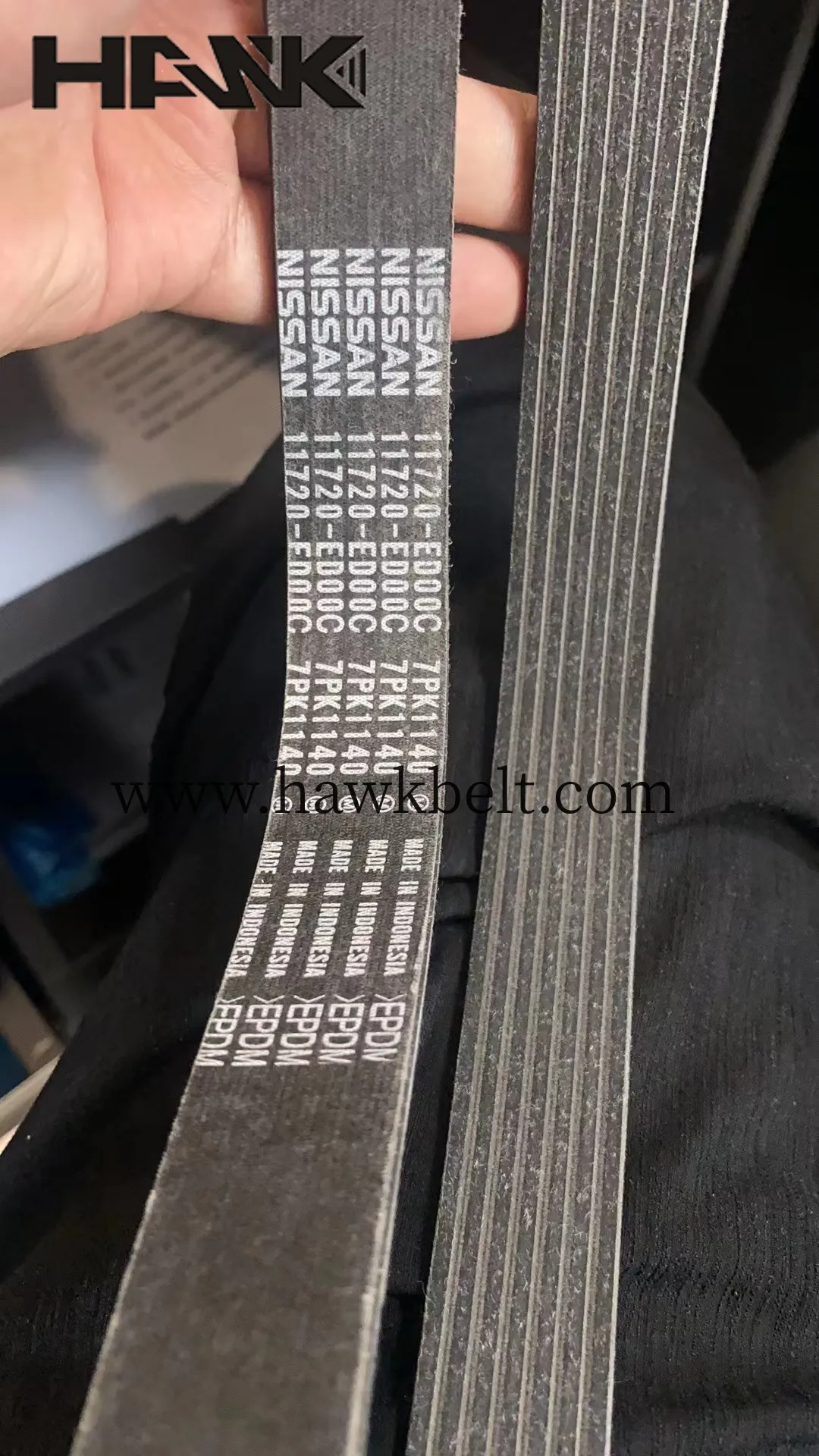- Arabic
- French
- Russian
- Spanish
- Portuguese
- Turkish
- Armenian
- English
- Albanian
- Amharic
- Azerbaijani
- Basque
- Belarusian
- Bengali
- Bosnian
- Bulgarian
- Catalan
- Cebuano
- Corsican
- Croatian
- Czech
- Danish
- Dutch
- Afrikaans
- Esperanto
- Estonian
- Finnish
- Frisian
- Galician
- Georgian
- German
- Greek
- Gujarati
- Haitian Creole
- hausa
- hawaiian
- Hebrew
- Hindi
- Miao
- Hungarian
- Icelandic
- igbo
- Indonesian
- irish
- Italian
- Japanese
- Javanese
- Kannada
- kazakh
- Khmer
- Rwandese
- Korean
- Kurdish
- Kyrgyz
- Lao
- Latin
- Latvian
- Lithuanian
- Luxembourgish
- Macedonian
- Malgashi
- Malay
- Malayalam
- Maltese
- Maori
- Marathi
- Mongolian
- Myanmar
- Nepali
- Norwegian
- Norwegian
- Occitan
- Pashto
- Persian
- Polish
- Punjabi
- Romanian
- Samoan
- Scottish Gaelic
- Serbian
- Sesotho
- Shona
- Sindhi
- Sinhala
- Slovak
- Slovenian
- Somali
- Sundanese
- Swahili
- Swedish
- Tagalog
- Tajik
- Tamil
- Tatar
- Telugu
- Thai
- Turkmen
- Ukrainian
- Urdu
- Uighur
- Uzbek
- Vietnamese
- Welsh
- Bantu
- Yiddish
- Yoruba
- Zulu
wrz . 14, 2024 03:49 Back to list
linked v belt
Understanding Linked V Belts A Comprehensive Guide
Linked V belts play a crucial role in various mechanical systems, providing a reliable method for transmitting power between different components. Often utilized in conveyor systems, manufacturing equipment, and automotive applications, linked V belts offer unique advantages over traditional belts, making them a preferred choice in diverse industries.
What are Linked V Belts?
A linked V belt consists of modular links that are interconnected to form a continuous belt. Unlike conventional V belts that are made of a single piece of rubber, linked V belts are comprised of individual segments, which allows for easy customization and adaptability in various applications. This modular design makes them particularly suitable for situations where the length of the belt needs to be altered frequently or quickly.
Advantages of Linked V Belts
1. Customizability One of the standout features of linked V belts is their ability to be easily modified in terms of length. If a system requires a longer or shorter belt, links can be added or removed without the need for replacing the entire belt. This flexibility is significantly advantageous for companies that frequently change their operational setups.
2. Durability Linked V belts are typically constructed from high-quality materials that enhance their durability and resistance to wear and tear. This robustness translates into longer service life and reduced downtime for maintenance or replacements, thereby optimizing productivity.
linked v belt

3. Smooth Operation The segmented nature of linked V belts allows for smooth operation, as each link can flex independently. This feature minimizes vibrations and ensures a steady transfer of power, which is critical in maintaining the efficiency of machinery and reducing strain on components.
4. Reduced Maintenance Linked V belts require less maintenance than traditional belts. Since they can be easily repaired by swapping out individual links rather than replacing the entire belt, maintenance efforts are significantly reduced. This ease of repair leads to lower operational costs and improved uptime.
5. Versatility These belts can be used across a wide variety of applications, from light-duty tasks to heavy industrial jobs. Their ability to adapt to different environments and requirements makes them suitable for various industries, including agriculture, construction, and manufacturing.
Applications of Linked V Belts
Linked V belts are utilized in a myriad of applications due to their versatility. They are commonly found in conveyor systems for moving materials, in automotive engines for power transmission, and in various industrial machines where reliable and consistent power transfer is required. Their ability to withstand harsh environments and heavy loads further enhances their applicability across different sectors.
Conclusion
In conclusion, linked V belts are an essential component in the realm of mechanical systems, offering significant benefits such as customizability, durability, and reduced maintenance needs. Their modular design and versatility make them ideal for a wide range of applications, rendering them a preferred choice for industries seeking efficiency and reliability. As technology continues to evolve, the importance of linked V belts in enhancing performance and productivity in machinery will undoubtedly grow, making them an indispensable asset in modern engineering and manufacturing processes.
-
Korean Auto Parts Timing Belt 24312-37500 For Hyundai/Kia
NewsMar.07,2025
-
7PK2300 90916-T2024 RIBBED BELT POLY V BELT PK BELT
NewsMar.07,2025
-
Chinese Auto Belt Factory 310-2M-22 For BMW/Mercedes-Benz
NewsMar.07,2025
-
Chinese Auto Belt Factory 310-2M-22 For BMW/Mercedes-Benz
NewsMar.07,2025
-
90916-02660 PK Belt 6PK1680 For Toyota
NewsMar.07,2025
-
drive belt serpentine belt
NewsMar.07,2025

